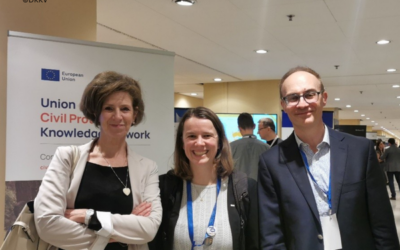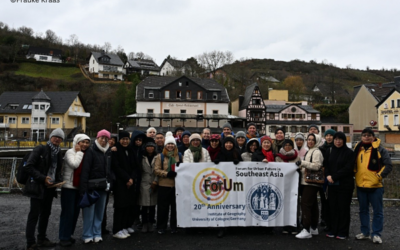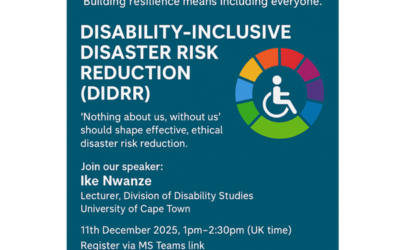The DKKV is…
German Committee for Disaster Reduction e.V. (ger.: Deutsches Komitee Katastrophenvorsorge e.V.)
Newsblog
EU Science for Preparedness Conference 2025: Advancing Crisis Readiness through Science and Data Innovation
Turin, 4–6 November 2025 — The EU Science for Preparedness Conference brought together leading experts from across Europe to explore how science, innovation, and collaboration can strengthen the continent’s ability to anticipate and respond to crises. Hosted by the...
Lessons from the flood: International excursion to the Ahr Valley on the 20th anniversary of the Forum for Urban Future
On November 28, 2025, a field trip to the Ahr Valley took place as part of the 20th anniversary of the Forum for Urban Future in Southeast Asia. The anniversary of the network was organized by Prof. Dr. Frauke Kraas at the University of Cologne and provided an...
New study on risk, change, and adaptation in delta regions – participation in international survey welcome
As part of the research project “Rising sea and sinking land” at the University of Cologne, funded by the German Research Foundation (DFG), an international survey on risk and adaptation in delta regions is being conducted. We are looking for people who have...
Webinar on Disability-Inclusive Disaster Risk Reduction – “Building resilience means including everyone”
How can true resilience be achieved if not everyone is included in the planning process? The upcoming webinar hosted by the International Consortium for Societal Resilience (i-NCSR+) addresses precisely this question and focuses on Disability-Inclusive Disaster Risk...
Follow us




What is disaster risk reduction?
Storms, natural hazards and extreme events can quickly become a danger to people and the environment. But climate change, extreme urbanization, power outages and fires also offer potential hazards.
A disaster occurs when the functioning of a community or society is impaired or interrupted and, as a result, high human, material, economic and ecological losses occur that cannot be managed alone.
Precautionary measures can help to reduce the consequences and impact of the disaster. Depending on the hazard and personal circumstances, the precautionary measures to be taken may vary.
Find out more about potential hazards and individual precautionary measures on our topic pages.






